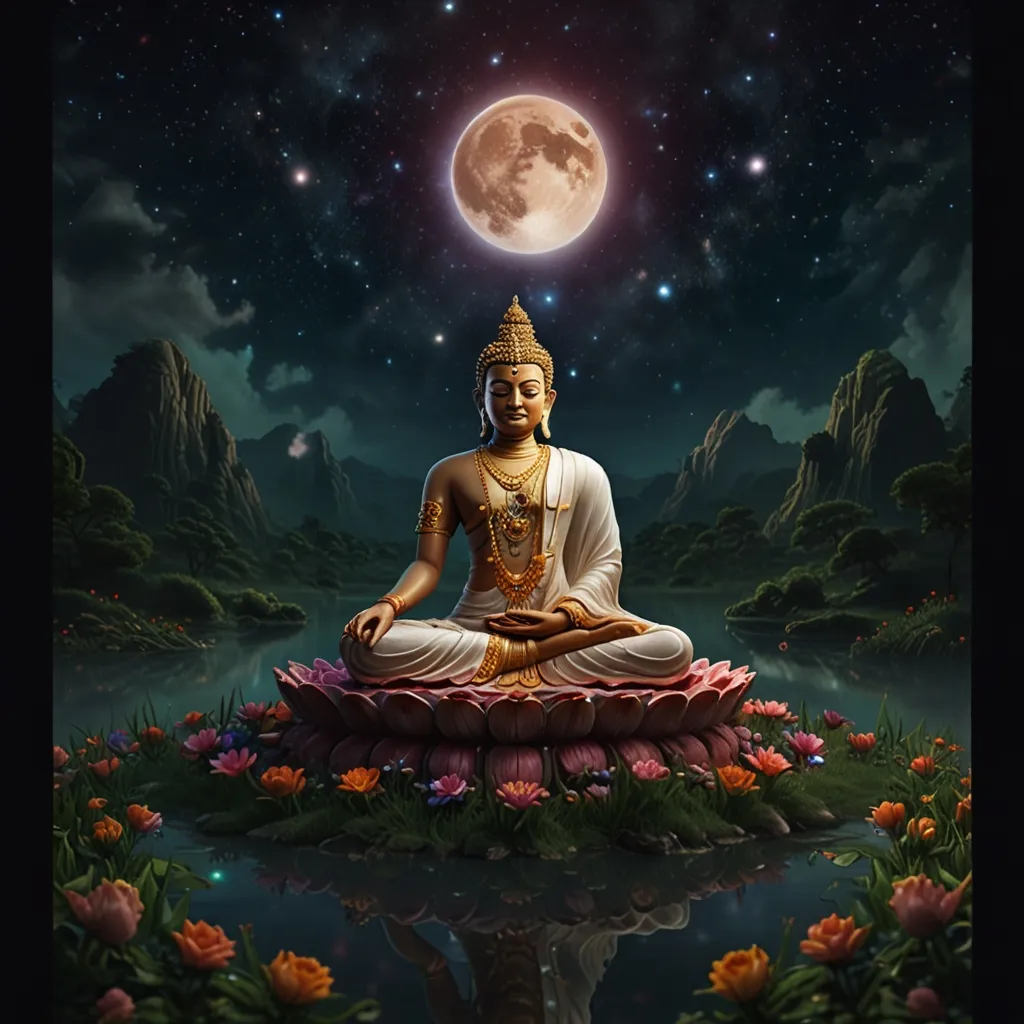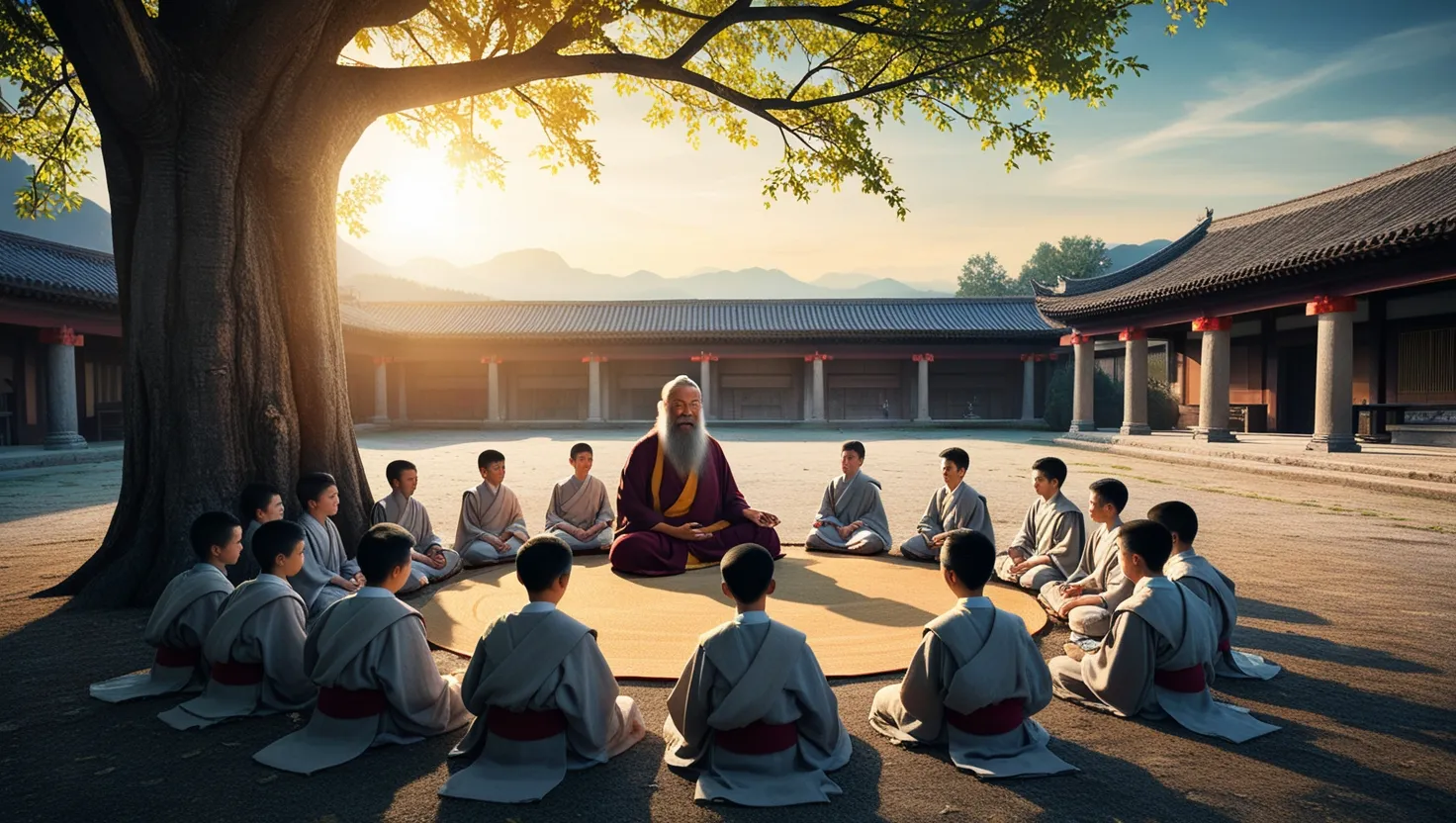In the grand expanse of Hindu scriptures, the Yajur Veda stands out as a cornerstone for rituals and spiritual growth. Among the rituals detailed within the Yajur Veda, the Sautramani Yajna is particularly significant for its role in aiding individuals to overcome life’s many challenges and to achieve both spiritual and material well-being. This ancient ritual, deeply rooted in tradition, offers profound insights and methods to navigate life’s intricate landscape.
The Yajur Veda, one of the four primary Vedas, is essentially a collection of sacrificial formulas and rituals. It is divided into two main branches: the White Yajur Veda and the Black Yajur Veda. Far from being mere ceremonies, the rituals in the Yajur Veda are imbued with deep spiritual significance, designed to align individuals with the cosmic order and achieve harmony both within and without.
The Sautramani Yajna is one such ritual mentioned in the Yajur Veda. It aims to help participants overcome various obstacles encountered in life. The ritual holds a special place because it involves the offering of Soma, a sacred drink believed to have purifying and uplifting properties. The Sautramani Yajna is complex and involves several steps, each accompanied by specific mantras and offerings.
To perform the Sautramani Yajna, one must first prepare the sacrificial site, which requires constructing specific fire altars called Agnikundas. Priests, well-versed in the Vedas and other disciplines like grammar, prosody, and astronomy, play a central role in this ritual. They recite potent mantras and perform the sacrificial rites with precision and devotion.
These priests are not just ordinary individuals; they must possess a deep understanding of the Vedas and be proficient in multiple fields such as music, geometry, and astronomy. For example, constructing the yajna-vedi (sacrificial altar) requires geometric knowledge as described in the Apastamba Shulba Sutras. Moreover, the priests need a strong, powerful voice and extraordinary memory to accurately recite the complex mantras.
The Sautramani Yajna is specifically designed to help individuals overcome life’s various obstacles. According to Vedic seers, these obstacles often arise from internal enemies like lust, anger, greed, pride, attachment, and envy. These inner conflicts manifest as external problems, such as disease, mental laziness, doubt, carelessness, and instability. The Sautramani Yajna aims to transcend these limitations by invoking divine forces that guide individuals toward the right path.
Sacrifice, or yajna, is a central concept in the Vedic tradition. It symbolizes inner submission, consecration, and surrender to higher powers. In this ritual, various materials like clarified butter and grains are offered to the sacrificial fire. This act is accompanied by the recitation of mantras and specific hand movements, believed to unlock new ideas and ultimately lead to reality’s realization.
In the Sautramani Yajna, mantras play an indispensable role. When recited by priests, these mantras have the power to invoke divine forces and guide individuals on the right path. They are not just words but are imbued with spiritual energy that can transform one’s life. For instance, the Gaṇapati Gāyatrī mantra is often recited to invoke the blessings of Lord Gaṇapati, revered as the remover of obstacles.
Lord Gaṇapati, or Gaṇeśa, is one of the most beloved deities in Hinduism, known for his role in removing obstacles. He is often invoked at the beginning of any new endeavor to ensure its success. In the context of the Sautramani Yajna, Gaṇapati is revered as the lord who destroys obstacles. Chanting his mantras with faith is believed to guide individuals through life’s challenges.
In the grand vision of the Vedic tradition, human life is seen as a journey of sacrifice, where every action is a form of yajna. This journey involves discipline, self-control, and rituals like the Sautramani Yajna. Through these rituals, individuals can overcome obstacles and achieve many-sided accomplishments at various life levels. The Sautramani Yajna is a significant part of this journey, aiding individuals in aligning themselves with the cosmic order and achieving both spiritual and material well-being.
The Sautramani Yajna, rooted in the Yajur Veda, offers a powerful way to overcome life’s challenges. Through its intricate steps, precise mantras, and the involvement of knowledgeable priests, this yajna helps individuals transcend their limitations and attain inner and outer harmony. It is a testament to the enduring wisdom of the Vedic tradition, which continues to guide us toward spiritual growth and well-being. By understanding and participating in such rituals, we can deepen our connection with the divine and navigate life’s challenges with greater ease and confidence. Through the timeless lens of the Yajur Veda, we realize that the journey of life, marked by rituals like the Sautramani Yajna, is deeply transformative, helping us to transcend obstacles and embrace a harmonious existence.






